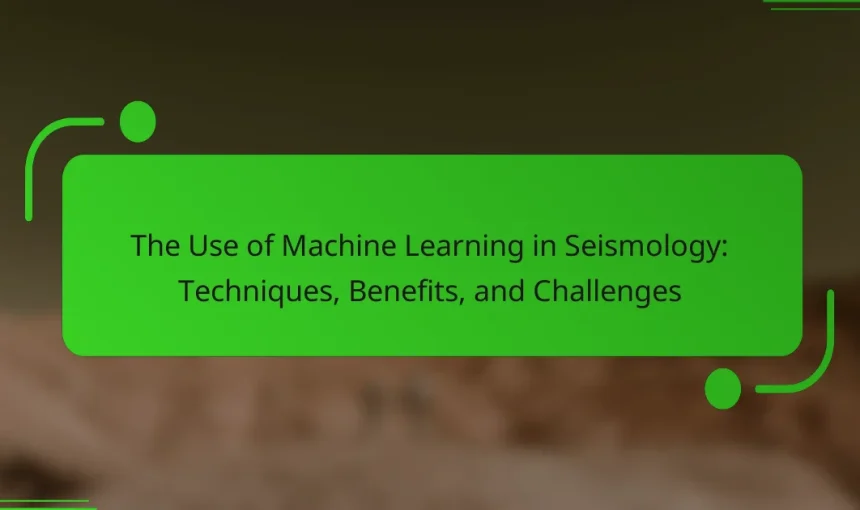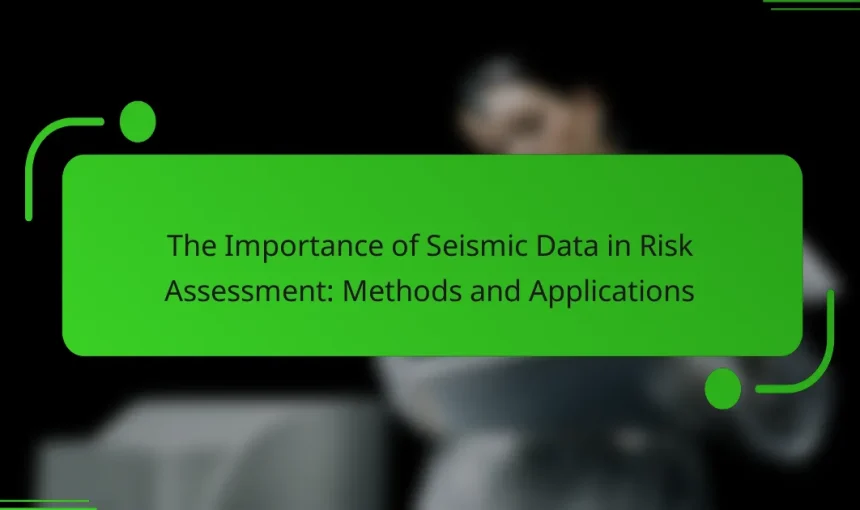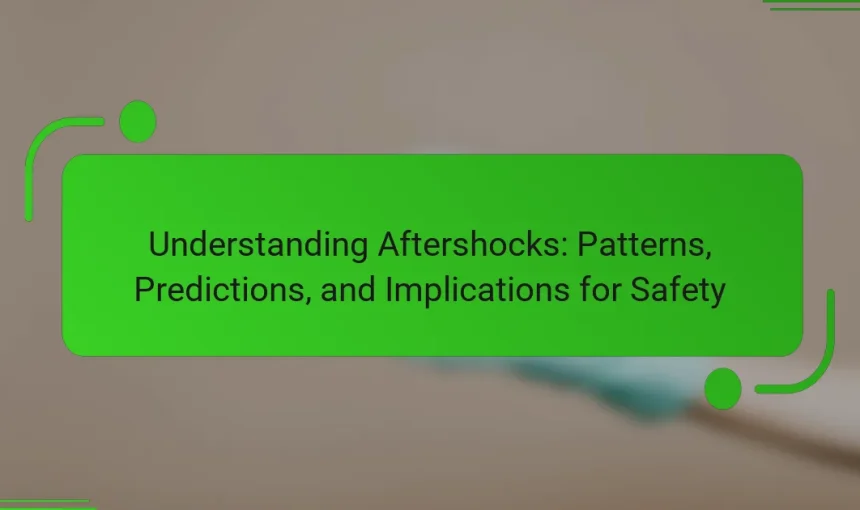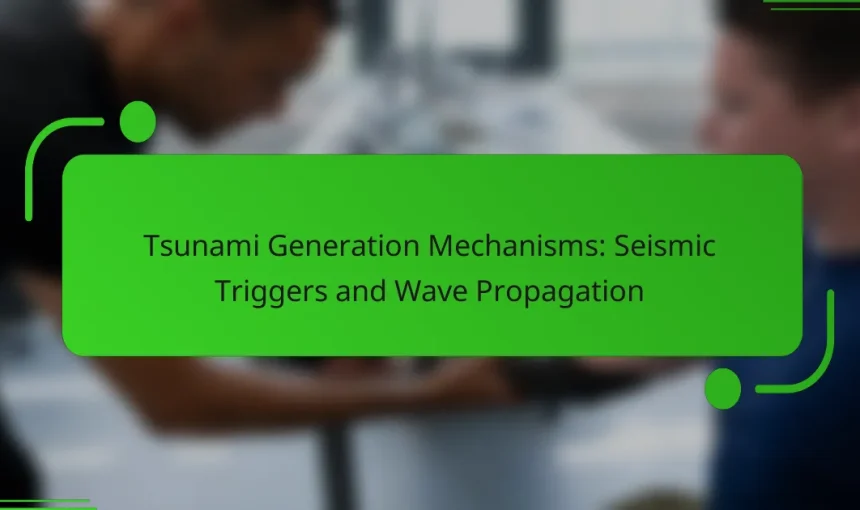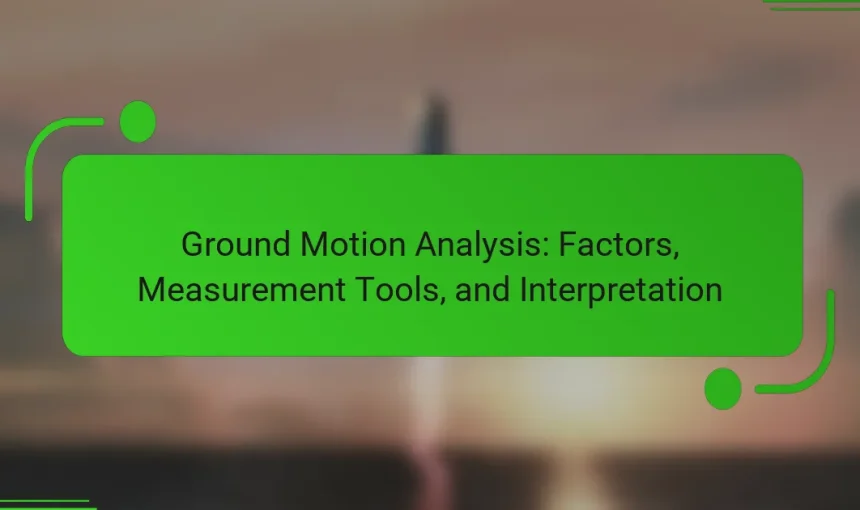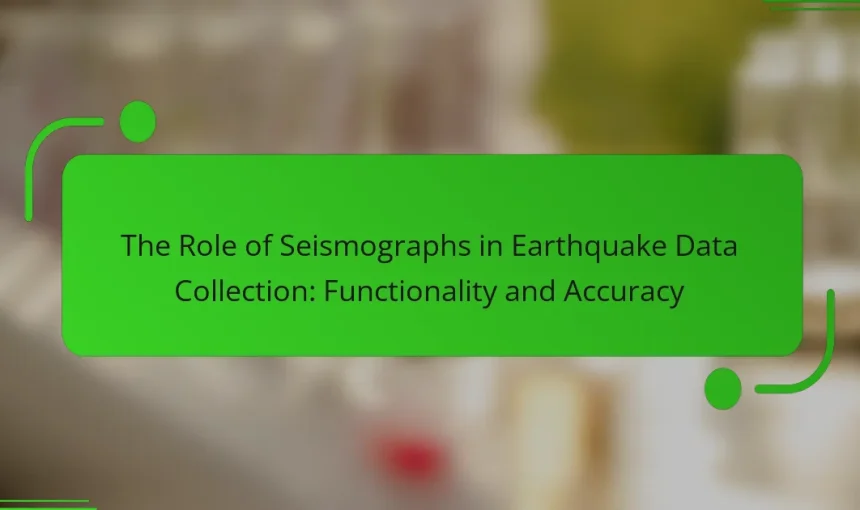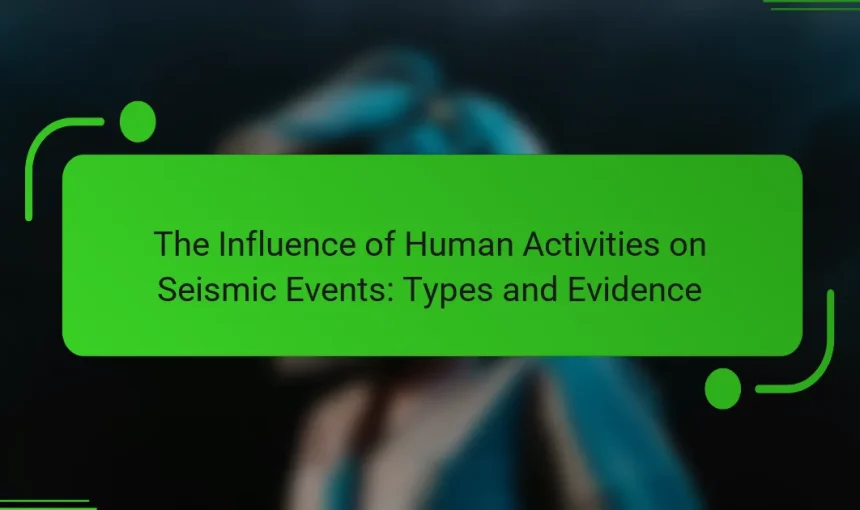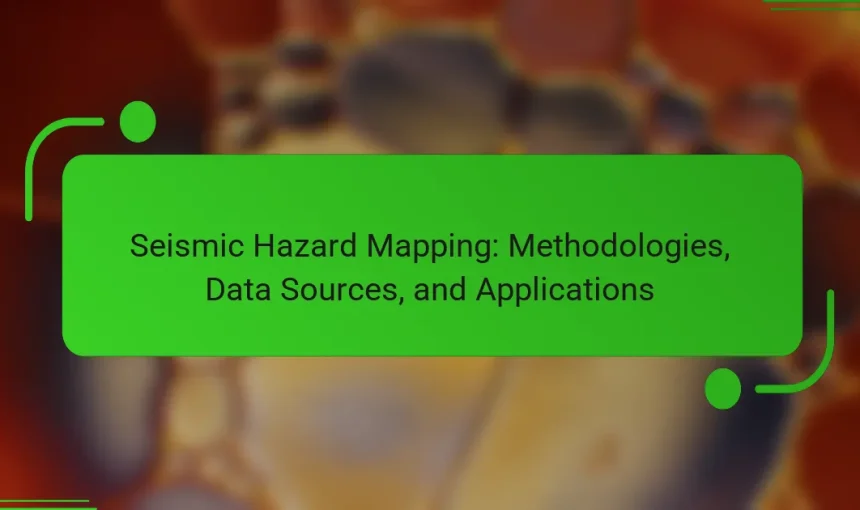Machine learning is a transformative technology in seismology, significantly enhancing the analysis and interpretation of seismic data. It allows for the identification of patterns in large datasets that traditional methods may miss, leading to improved earthquake prediction accuracy and effective classification of seismic events. Key techniques in this field include neural networks, support vector machines, […]
Seismic data is essential for assessing the risks associated with earthquakes, providing critical insights into fault lines, seismic activity, and potential impacts on structures and populations. By analyzing this data, engineers can design buildings that are resilient to seismic forces and predict the likelihood of earthquakes in specific regions. Historical seismic data enhances understanding of […]
Aftershocks are smaller earthquakes that follow a larger seismic event, occurring as the Earth’s crust adjusts to changes in stress. This article explores the patterns, predictions, and implications of aftershocks for safety. It discusses their varying magnitudes and frequencies, the statistical models and seismic data used for prediction, and the impact of aftershocks on structural […]
Tsunami generation mechanisms encompass the processes that produce tsunamis, primarily through underwater earthquakes, volcanic eruptions, and landslides. Underwater earthquakes are responsible for approximately 80% of tsunamis, displacing large volumes of water and creating waves that can travel across vast ocean distances. This article examines the dynamics of tsunami wave propagation, highlighting the speed and height […]
Ground Motion Analysis is the examination of how seismic events influence structures through ground vibrations and movements. This process involves the use of measurement tools such as seismographs and accelerometers to gather data on seismic activity, which is crucial for designing earthquake-resistant buildings. Key factors impacting ground motion include seismic source characteristics, site conditions, and […]
Seismographs are specialized instruments designed to measure and record ground motion during seismic events, such as earthquakes. They operate by detecting vibrations and consist of a mass attached to a fixed base, allowing them to capture accurate data on the magnitude, depth, and location of seismic activities. This information is critical for earthquake research, safety […]
Earthquake magnitude is a critical measure of the energy released during seismic events, quantifying their size and potential impact. The Richter scale is the most commonly used method for calculating magnitude, where each whole number increase signifies a tenfold rise in amplitude and approximately 31.6 times more energy release. This article explores the implications of […]
Human activities significantly influence seismic events, with induced seismicity being the primary type associated with these actions. Key activities include mining, which can destabilize the ground, reservoir-induced seismicity from large dams that increase pressure on fault lines, and geothermal energy extraction that alters subsurface pressure. Hydraulic fracturing, or fracking, and wastewater injection practices are also […]
Seismic hazard mapping is a scientific process that evaluates the potential for earthquake-related hazards in specific regions. It employs historical seismic data, geological studies, and probabilistic models to identify risks such as ground shaking and surface rupture. The article outlines the methodologies used in seismic hazard mapping, including data sources like historical earthquake records and […]
Seismic reflection data refers to the information obtained from seismic waves that bounce off subsurface geological structures, primarily utilized in geophysical surveys to map the Earth’s interior. This article delves into the various techniques for interpreting seismic reflection data, including seismic stratigraphy, amplitude versus offset (AVO) analysis, and time-depth conversion. It highlights the benefits of […]
